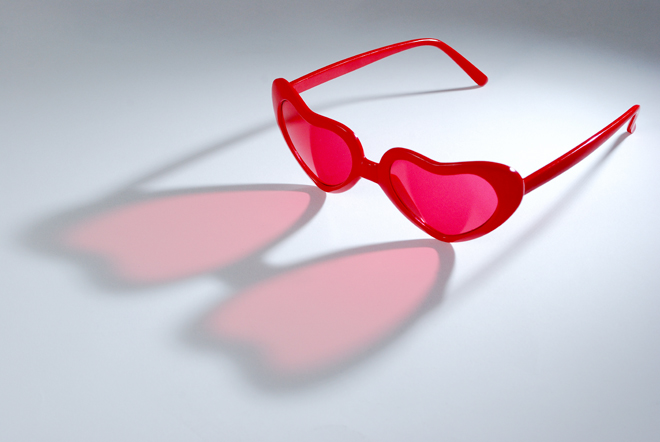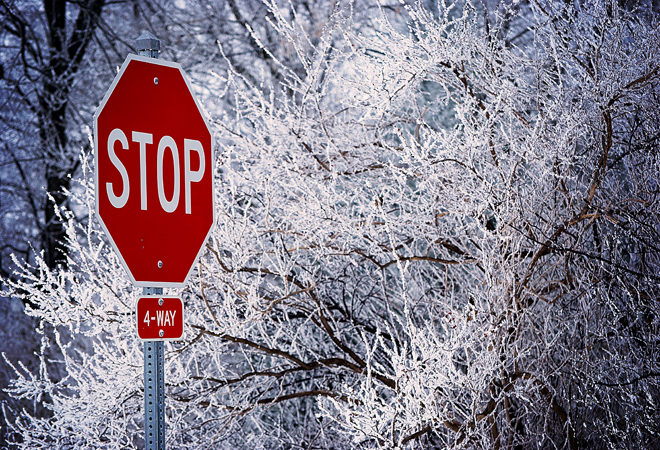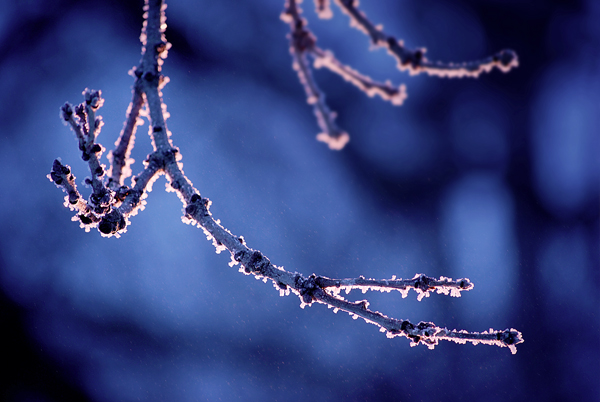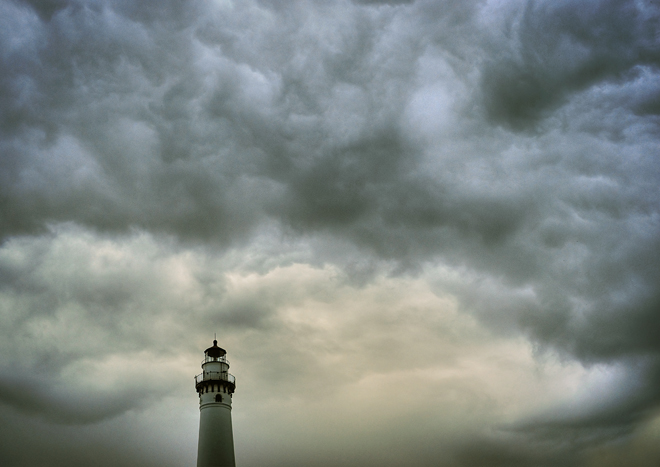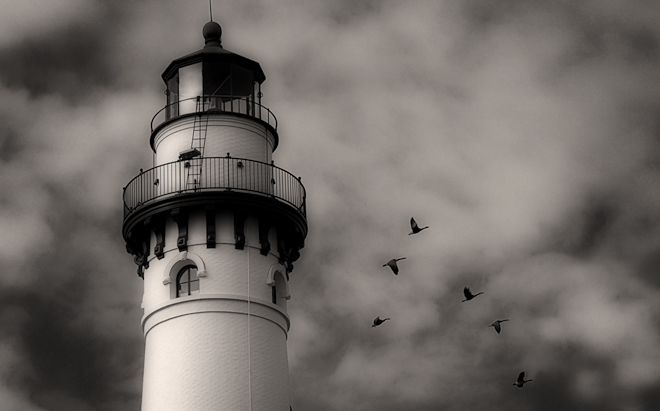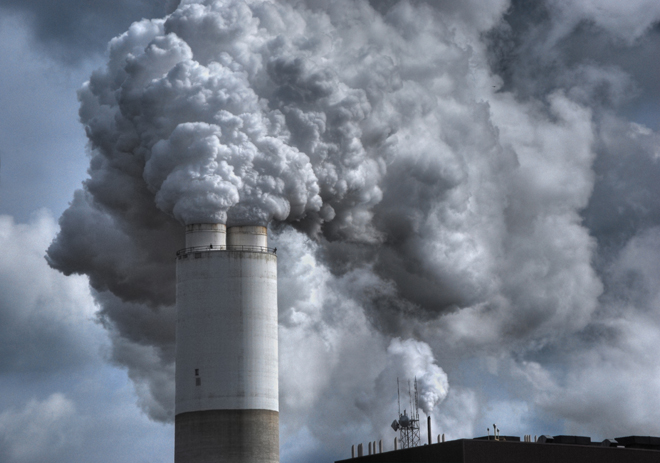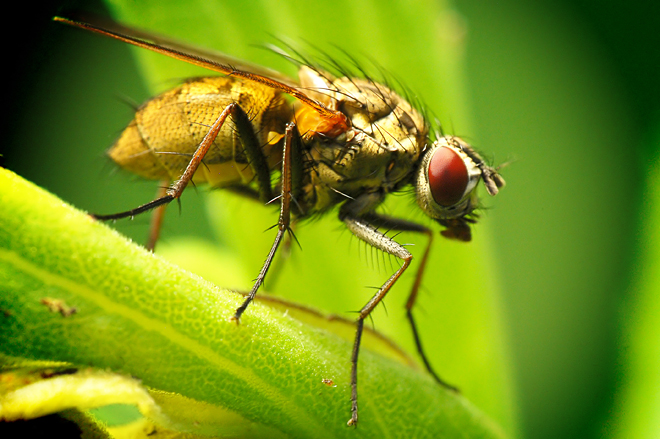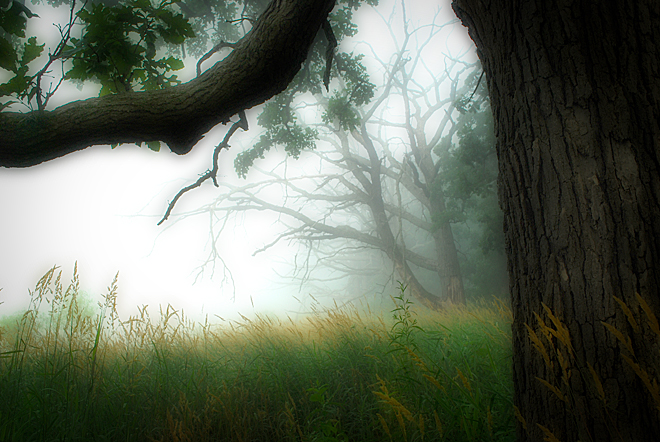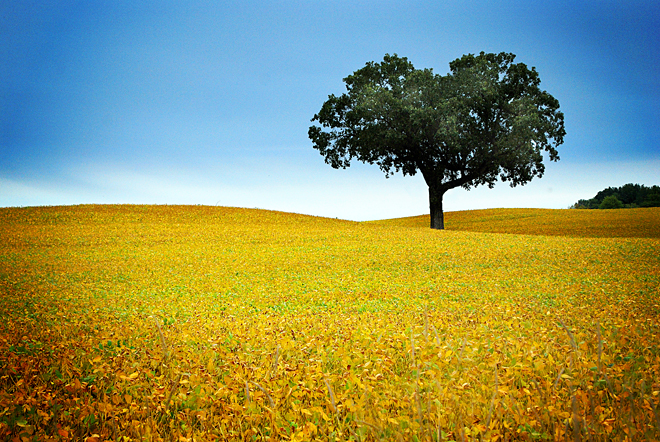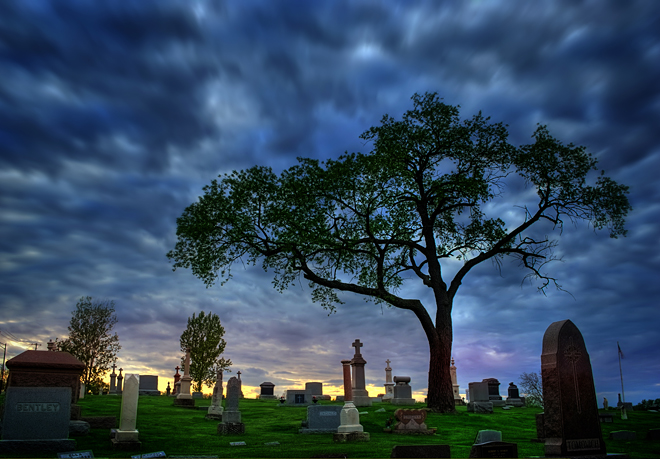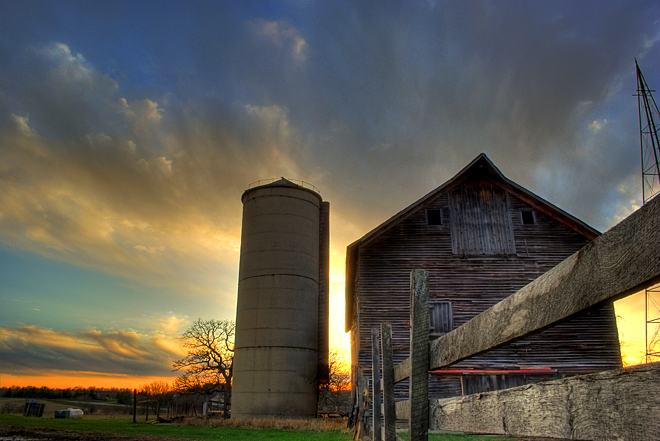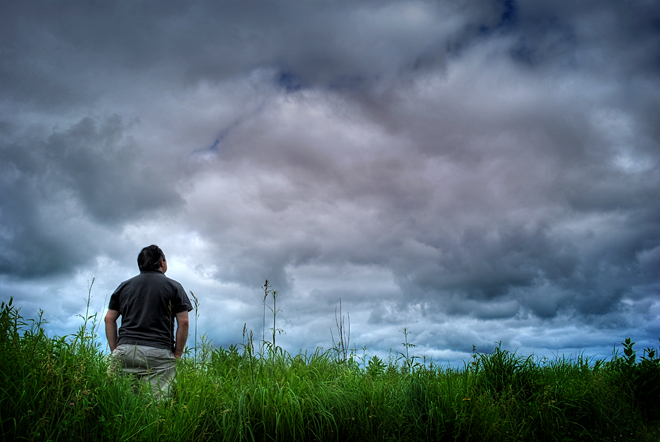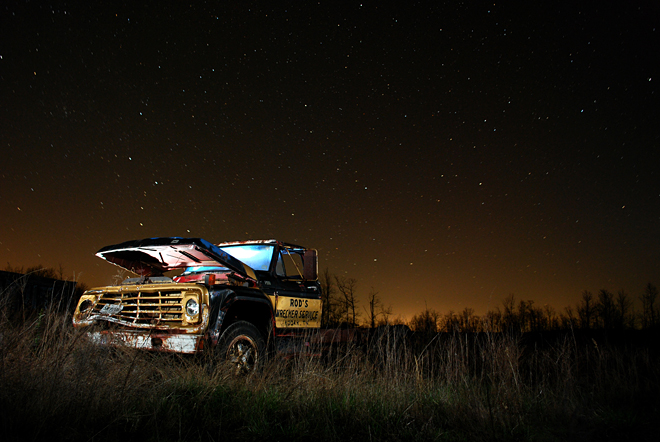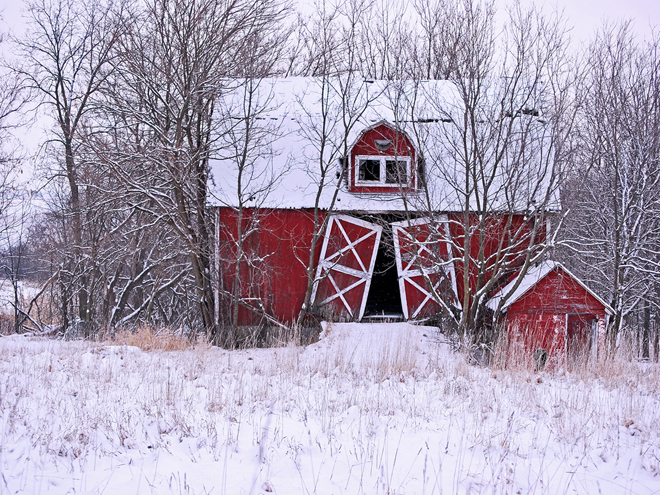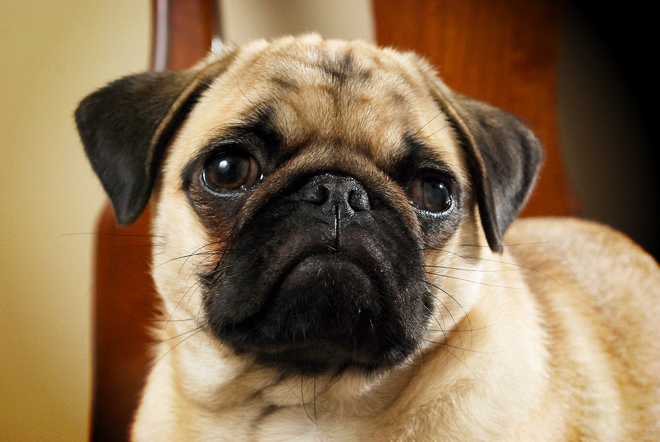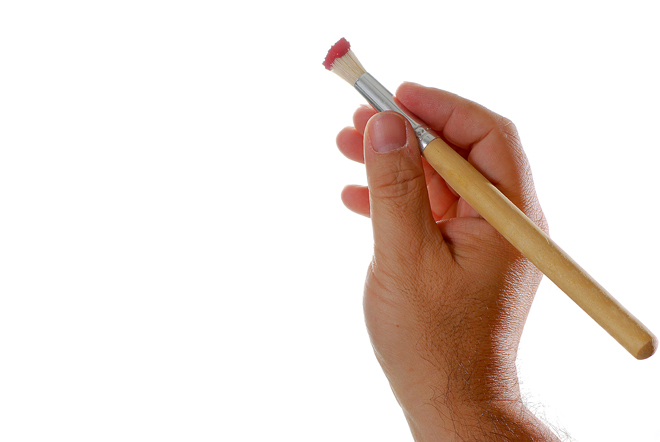 New Year's Day, Forrest Illinois. Made on January 1, 2009.
New Year's Day, Forrest Illinois. Made on January 1, 2009.It's happened before, when the current crop of photos on my memory cards and hard drive just don't seem to be cutting it or I'm just stuck on finding topics about which to blog. My solution? The photographic retrospective! Of course -- pull out some old pictures and come up with some thoughts to make them relevant (or seem that way).
Ansel Adams, the dean of American landscape photographers, has a lot of quotes that I like. Among them, "You don't take a photograph, you make it." "A good photograph is knowing where to stand." "There is nothing worse than a sharp image of a fuzzy concept."
Ansel also said, "Twelve significant images in any one year is a good crop."
The photos on my computer are stored in folders according to the month they were taken (I'm sorry -- made). So I thought I'd go through each folder from the past year and pull out the best image and expound on it a little. I'm fully aware that some months may contain more than one significant photo and others may not contain any, but ah well.
The photo above was my first one of 2009. My wife and I were traveling to Urbana, Illinois on New Year's Day to visit our son who is at the University of Illinois. We like to take back roads in lieu of highways. As we rolled through the flat farmlands of central Illinois, I noticed a magnificent display of clouds overhead.
There are some photographic rules I try to follow. One of them is,
if the sky is doing something interesting, find a place to take a picture, and quickly! I told my wife I was going to pull off on the next side road we came to to take a couple of shots because the sky was just too darn cool. She nodded in that way of hers that says, "Here we go again." She knows me.
I was hoping to find something -- anything -- to use as some foreground interest at the next crossroad to feature against the sky. As luck would have it, a whole lot of junk had been left at the edge of a field, the tires and cable being the largest items. I have another rule, which is to try to avoid shooting into the sun. I broke that rule. I shot two exposures, one for the tires in the foreground and one for the sky, then merged them later in Photoshop.
This particular image is significant in that while making the exposures, I accidentally shot them "too dark." My camera was still relatively new to me, and the LCD display on the back is pretty much useless in bright daylight. Getting the exposure to give me something I could see on the back of the camera actually made them very dark (I've since learned about histograms, but that's another post). In post processing, I was amazed at the range of tones I could recover by playing with the Highlights and Shadows sliders, and this was even with a JPEG image (I've since learned about RAW, but that's another post, too). In effect, this image represents my first high dynamic range (HDR) photograph, despite making adjustments to the tonal range manually. The making of this picture laid the groundwork for other pictures to come in 2009.
On top of that, it's just a good picture. Abandonment, desolation, distance -- along with some hope in the sky and the road that leads over the next hilltop. Perfect depictor of what I was experiencing at the time, having lost a job a few months earlier. I guess I saw myself in those discarded tires.
What you might witness in the rest of this series is the process of me becoming retreaded.
January 2009 significant picture runners up
number one and
number two.
Photograph © 2009 James Jordan.



